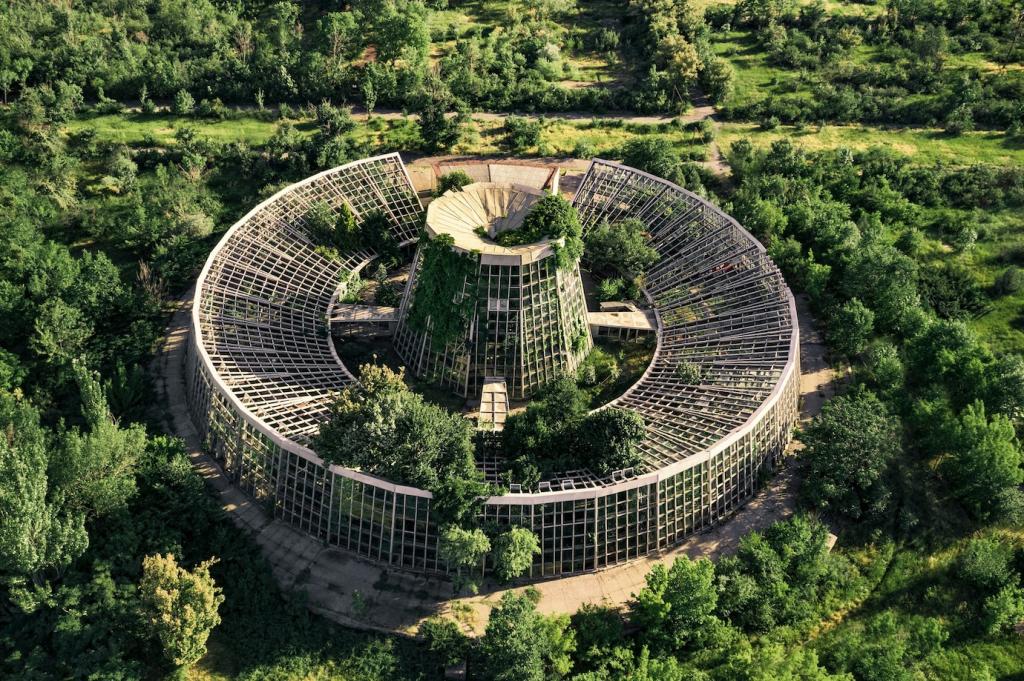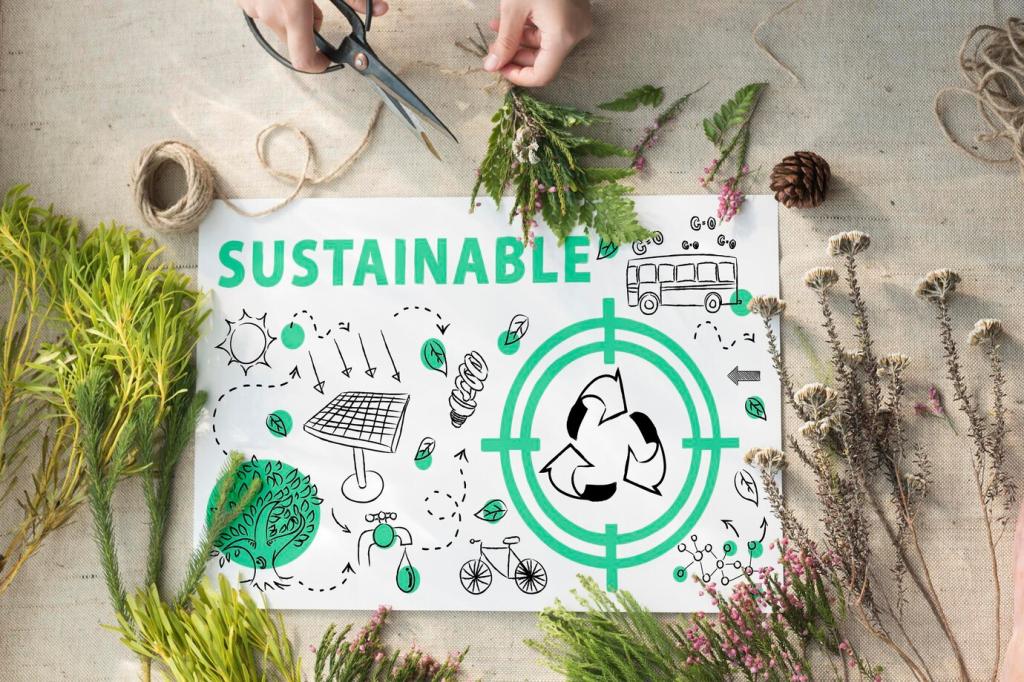Eco-friendly Design Principles
Eco-friendly design principles are a collection of strategies and considerations that aim to minimize the environmental impact of products, buildings, and systems at every stage of their life cycle. By integrating sustainability and conscious decision-making into the creative process, eco-friendly design reduces waste, conserves resources, and promotes the well-being of both people and the planet. Whether applied to architecture, product development, or digital experiences, these design principles can help organizations and individuals create solutions that are not only functional and attractive, but also responsible and forward-thinking.


Life Cycle Assessment
Life cycle assessment (LCA) is a systematic approach to evaluating the environmental impact of a product or material from its raw extraction through manufacturing, use, and final disposal. Designers using LCA can identify which phases of a product’s life are most resource- or energy-intensive, enabling targeted improvements that reduce negative effects. Considering every step—from sourcing raw inputs to transportation, usage, and end-of-life options—helps ensure that the entire material selection process supports sustainability goals, minimizing waste and energy usage across the board.

Local and Renewable Resources
Utilizing local and renewable resources reduces transportation emissions and supports regional economies. Materials gathered nearby require less energy to move from source to project, while renewable options like bamboo or cork regenerate quickly compared to traditional hardwoods. By specifying these alternatives, designers limit dependence on non-renewable resources and promote sustainable forestry and agricultural practices, making each project a driving force for positive change.

Non-toxic and Low-impact Finishes
Selecting non-toxic and low-impact finishes for materials is crucial to safeguarding human health and the environment. Many traditional stains, paints, and sealants release volatile organic compounds (VOCs) and other pollutants, all of which can compromise air quality and persistence in ecosystems. Eco-friendly designers opt for water-based, natural, and certified low-emission products, which provide the necessary protection and aesthetics without hazardous side effects, ensuring that completed projects remain safe for users and the planet alike.
Energy Efficiency and Conservation
Passive Design Strategies
Passive design strategies use building orientation, insulation, natural ventilation, and daylighting to minimize the need for mechanical heating, cooling, and artificial lighting. Techniques like orienting windows to capture or avoid the sun’s rays, choosing materials with high thermal mass, or incorporating green roofs and walls can have profound effects on energy consumption. By making the most of the surrounding climate and environmental conditions, designers help structures maintain comfortable temperatures naturally, drastically reducing energy demand throughout their lifespans.
Smart Technology Integration
Integrating smart technologies enables automated and efficient energy use. This can include programmable thermostats, occupancy sensors, and systems that monitor and adjust lighting, temperature, or appliance use in response to real-time needs. Through these technological advancements, energy is consumed only when and where it’s required, reducing waste and optimizing overall system performance. Smart design empowers users to actively participate in energy conservation, making sustainability intuitive and accessible.
High-performance Insulation and Glazing
Advanced insulation and high-performance glazing are powerful tools for improving the energy efficiency of buildings. By specifying windows and building envelopes that limit heat gain or loss, designers can vastly reduce the need for artificial heating or cooling. Materials such as triple-glazed windows, insulated concrete forms, or phase-change materials help maintain desired temperatures inside spaces. These solutions not only lower operational energy costs but also contribute to a quieter, more comfortable indoor environment.

Minimization of Waste and Pollution
Design for Disassembly
Design for disassembly ensures that a product or building can be easily taken apart at the end of its useful life, allowing materials to be recycled or reused instead of discarded. Components are often joined using reversible connections rather than adhesives or permanent fasteners. This simplifies separation and sorting, ensuring that valuable materials retain their worth and re-enter productive loops, rather than becoming mixed waste. Planning ahead for disassembly embeds sustainability into a project from day one.
Modular and Flexible Solutions
Modular and flexible designs allow users to adapt, repair, or upgrade products and spaces rather than replace them entirely. By breaking down complex systems into interchangeable parts or units, designers extend the lifespan of their creations and encourage maintenance over disposal. Such adaptability means that as needs or technologies evolve, only specific modules or elements need updating, which limits waste generation and conserves resources.
Reducing Construction and Manufacturing Waste
Eco-friendly designers implement strategies to minimize off-cuts, overruns, and other forms of construction and manufacturing waste. This includes careful planning, digital modeling, and precision prefabrication, which lead to more accurate material orders and less surplus scrap. On jobsites, designers advocate for recycling or repurposing materials whenever possible. Reducing waste not only benefits the environment but also streamlines operations and reduces costs.
